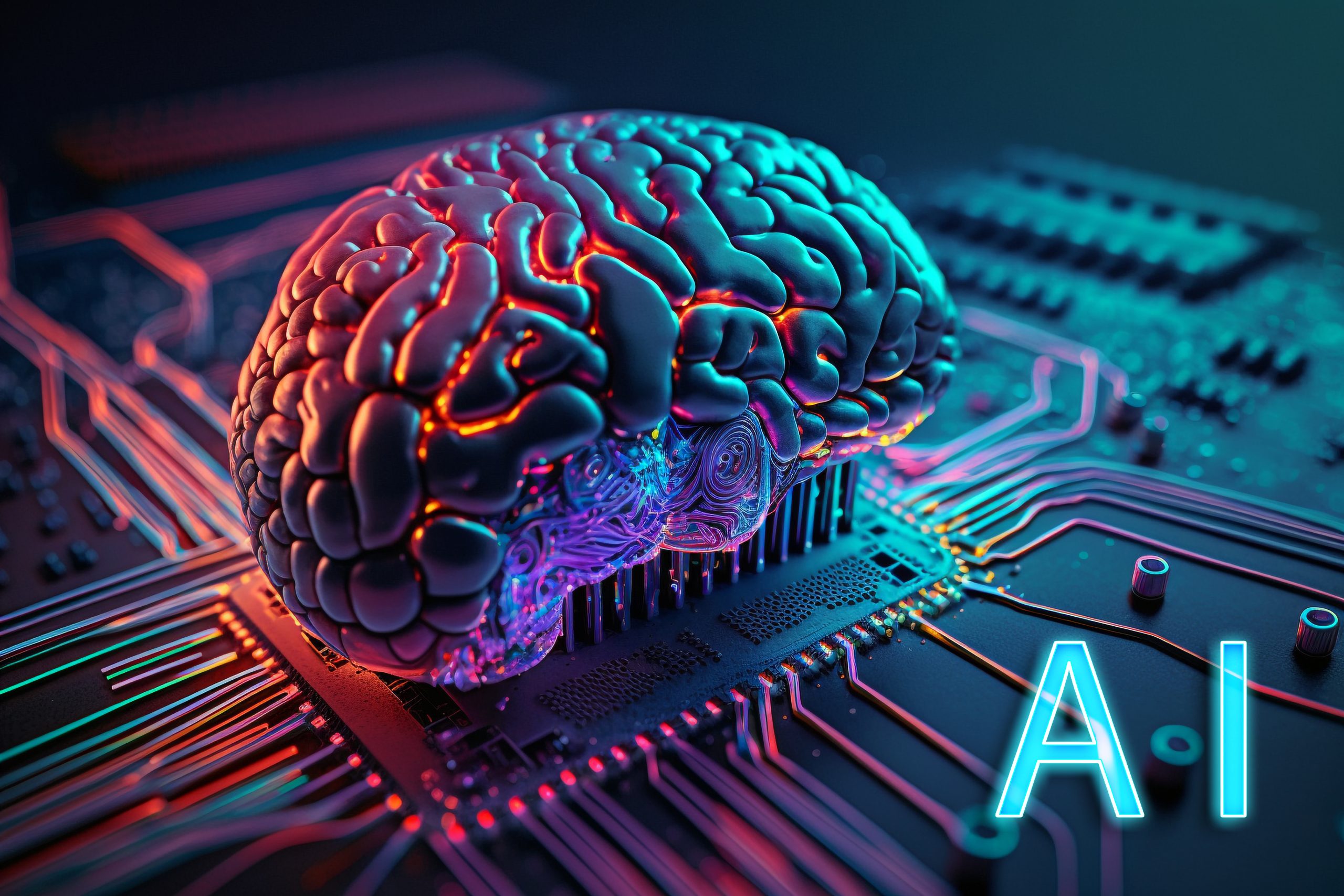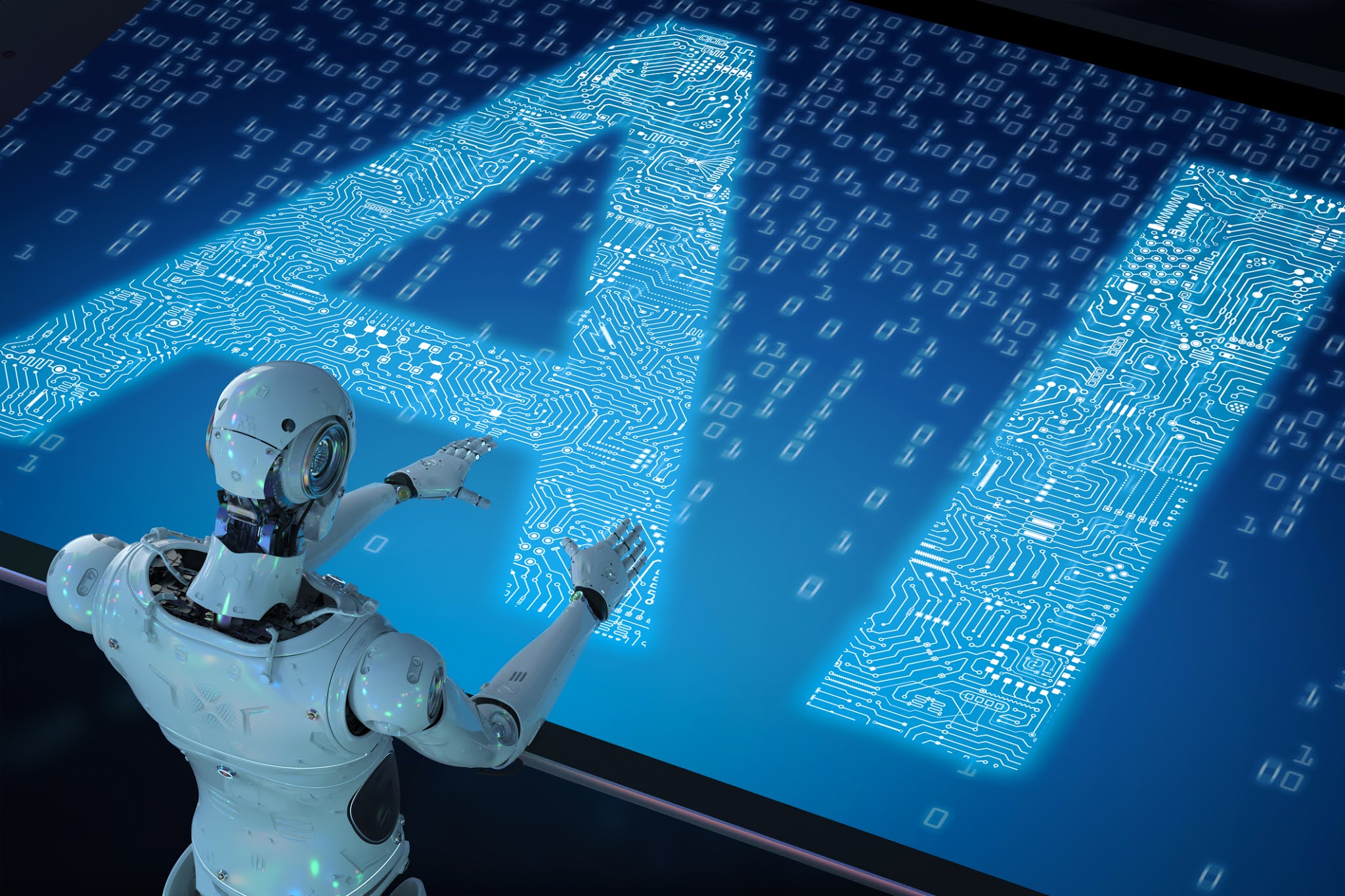The Unseen Depths: Navigating AI Deepnude's Ethical Storm
The rapid advancements in artificial intelligence have brought forth technologies with profound implications, none perhaps as controversial and ethically charged as AI deepnude. This phenomenon, which allows for the creation of realistic non-consensual intimate imagery, has ignited global debates on privacy, consent, and the very fabric of digital trust. It represents a stark intersection where technological prowess meets profound ethical dilemmas, challenging our understanding of digital identity and personal boundaries.
From its early iterations to the persistent echoes of its legacy, the journey of deepnude AI serves as a stark reminder of the double-edged sword of innovation. It compels us to confront not just the technological capabilities, but also the urgent need for robust ethical frameworks and protective measures in an increasingly AI-driven world. The discussion around AI deepnude is not merely about a piece of software; it's about human dignity, the right to privacy, and the future of digital consent.
Table of Contents
- The Genesis of Deepnude: A Brief History
- How AI Deepnude Technology Works
- The Proliferation of Deepnude Tools Today
- The Ethical Quagmire and Societal Impact
- Protecting Yourself Against AI Deepnude Risks
- The Future of AI and Consent: A Call for Responsibility
- Beyond the Hype: Understanding the True Cost of AI Deepnude
- Conclusion: Navigating the Digital Frontier Responsibly
The Genesis of Deepnude: A Brief History
The story of AI deepnude begins not with malicious intent, but with the rapid evolution of artificial intelligence, particularly in the realm of image generation. In recent years, advancements in artificial intelligence (AI) have given rise to impressive capabilities, but they have also introduced a new class of challenges. The original DeepNude software, which emerged around 2017-2018, quickly captured global attention, sparking outrage and fear in equal measure. This controversial AI tool caused a stir with its ability to generate nude images from regular photos, showcasing a disturbing application of cutting-edge technology. Deepnude AI was a fleeting but impactful phenomenon that exposed the darker side of AI innovation. Its introduction to the public marked a significant moment, forcing a global reckoning with the ethical boundaries of AI. Despite its brief official existence, the impact was profound. The creators eventually shut down the original software due to the overwhelming ethical concerns and potential for misuse. However, while the original software is no longer officially available, its legacy persists in the form of derivative tools and a heightened awareness of AI's potential for harm. The introduction to deepnude and its shutdown served as a critical lesson in the rapid pace of technological development outpacing societal and legal preparedness.How AI Deepnude Technology Works
At its core, the technology behind AI deepnude is a testament to the sophistication of modern artificial intelligence, particularly in the field of deep learning. It utilized deep learning techniques, specifically generative adversarial networks (GANs), to achieve its startling results. These complex algorithms are designed to learn from vast datasets and then generate new, realistic data that mimics the original. By analyzing a photograph of a clothed person, the software could identify key features, body shapes, and textures. Then, leveraging advanced AI models, users could upload images, and the tool would automatically detect and remove clothing, generating deepnude. Its standout feature is the ability to generate incredibly convincing and realistic images, transforming ordinary photos into fabricated intimate ones with an unsettling degree of accuracy. The power of this AI technology to transform your images with unmatched quality is what made it so alarming and effective.The Role of Generative Adversarial Networks (GANs)
Generative Adversarial Networks (GANs) are the engine driving AI deepnude. A GAN consists of two neural networks: a generator and a discriminator, locked in a continuous competition. The generator's task is to create new data (in this case, an "undressed" image) that looks as real as possible. The discriminator, on the other hand, tries to distinguish between real images and the fake ones produced by the generator. Through this adversarial process, both networks continuously improve. The generator gets better at creating convincing fakes, and the discriminator becomes more adept at spotting them. Over countless iterations, the generator becomes so proficient that it can produce images virtually indistinguishable from real ones, allowing tools to transform your images with incredible accuracy and realism. This intricate dance between creation and detection is what enables the sophisticated output of AI deepnude tools.From Pixels to Peril: The Image Generation Process
The process of generating a deepnude image typically begins with a standard photograph of a clothed individual. The AI first analyzes the image to understand the subject's posture, body contours, skin tone, and the way light interacts with the scene. It then uses its training data—often consisting of countless pairs of clothed and unclothed images—to infer what the person might look like without clothes. The GAN's generator then steps in, synthesizing new pixels to replace the clothing, attempting to match the inferred body shape and texture seamlessly with the existing background and lighting. The discriminator evaluates this generated image, providing feedback to the generator on how to make it more realistic. This iterative refinement allows the AI to automatically detect and remove clothing, generating deepnude that appears startlingly authentic. The entire process, from upload to output, can take just a few clicks, making the technology dangerously accessible.The Proliferation of Deepnude Tools Today
Despite the shutdown of the original DeepNude software, the underlying technology and demand for such tools have ensured their continued, albeit often illicit, existence. Today, if you are looking for the best deepnude AI tools to generate realistic undressed images, you will find a landscape of various applications and online services, each promising similar capabilities. These tools often operate in legal grey areas or on the dark web, making them difficult to track and regulate. For instance, "Unclothy is an AI tool designed to undress photos," and it is just one example among many that have emerged, leveraging advanced AI models. Users can upload images, and the tool will automatically detect and remove clothing, generating deepnude. Many platforms claim to offer the most advanced deepnude AI technology available, boasting features that allow users to transform images with incredible accuracy and realism. Some even market themselves by inviting users to "explore the top 5 undress AI apps with free features, realistic tools, and ethical notes," though the "ethical notes" often feel like a token gesture given the nature of the service. These tools vary in their capabilities, user interfaces, and the degree of realism they can achieve. Users can compare AI capabilities, pros, and more across different platforms, often finding communities dedicated to sharing information about these applications. The ease of access and the promise of generating realistic undressed images with just a few clicks make these tools a persistent threat, perpetuating the ethical concerns first raised by the original DeepNude.The Ethical Quagmire and Societal Impact
The very existence and proliferation of AI deepnude tools plunge us into a profound ethical quagmire. Deepnude.ai, a name that may evoke a range of emotions and ethical dilemmas, has undoubtedly left an indelible mark on the intersection of technology and society. The core issue is a blatant violation of consent and privacy, as these tools are overwhelmingly used to create non-consensual intimate imagery. The ability to "undress a photo of your girlfriend, neighbor, or an Instagram" user, as some platforms brazenly suggest, highlights the terrifying ease with which personal boundaries can be breached and individuals exploited. The psychological harm inflicted upon victims of deepnude is immense and often devastating. It can lead to severe emotional distress, reputational damage, and a profound sense of violation. This technology weaponizes personal images, turning them into tools for harassment, blackmail, and public humiliation. Deepnude AI technology in 2025 represents more than just another privacy concern—it marks a defining challenge for how we balance technological innovation with human dignity and consent. The potential for widespread abuse poses a serious threat to individuals' safety and well-being in the digital age.The Erosion of Trust and Digital Safety
The pervasive threat of AI deepnude chips away at the very foundations of trust in our digital interactions. When anyone's image can be manipulated to create realistic, non-consensual intimate content, a chilling effect spreads across online communities. Individuals become hesitant to share photos, engage in video calls, or even exist authentically online, fearing that their digital likeness might be exploited. This erosion of trust extends beyond personal relationships, impacting public figures, professionals, and even minors. The constant underlying fear that one could become a victim of AI deepnude creates an environment of digital insecurity. It undermines the sense of safety that is crucial for healthy online engagement and expression. This technology not only violates individual privacy but also contributes to a broader culture of digital mistrust, making it harder for people to connect and communicate openly without the specter of malicious manipulation looming over them.Legal Landscape and Regulatory Challenges
The legal response to AI deepnude has been a complex and often slow process, struggling to keep pace with rapid technological advancements. Many jurisdictions initially lacked specific laws to address non-consensual synthetic imagery, forcing prosecutors to rely on existing laws designed for traditional revenge porn or harassment, which often fell short. While some countries and regions have begun enacting specific legislation to criminalize the creation and dissemination of deepnudes, enforcement remains challenging. The global nature of the internet means that perpetrators can operate from jurisdictions with laxer laws, making international cooperation crucial but difficult. Furthermore, the sheer volume of content and the technical expertise required to trace its origins pose significant hurdles for law enforcement. The legal landscape is a patchwork of varying regulations, highlighting the urgent need for a unified and robust global framework to effectively combat the spread of AI deepnude and protect victims.Protecting Yourself Against AI Deepnude Risks
Given the persistent threat of AI deepnude, understanding how to protect against deepnude AI risks is paramount for anyone navigating the digital world. While no measure offers absolute immunity, a combination of digital hygiene, critical thinking, and awareness can significantly reduce your vulnerability. Here are key protective measures:- Be Mindful of Your Digital Footprint: Limit the number of personal photos, especially those showing significant skin or in private settings, that you share publicly online. The less material available, the harder it is for malicious actors to use.
- Review Privacy Settings: Regularly check and strengthen the privacy settings on all your social media accounts and online platforms. Ensure that only trusted individuals can access your photos and personal information.
- Exercise Caution with Third-Party Apps: Be extremely wary of granting photo gallery access to unfamiliar or suspicious apps. Many deepnude tools operate under the guise of legitimate photo editors.
- Stay Informed: Keep yourself updated on the latest AI technologies and their potential misuses. Understanding how these tools work can help you identify potential threats.
- Use Strong, Unique Passwords: While not directly related to deepnude generation, strong passwords and two-factor authentication protect your accounts from being compromised, which could prevent unauthorized access to your images.
- Report and Block: If you encounter deepnude content or suspect you have been targeted, report it immediately to the platform where it was found and to relevant authorities. Many platforms have policies against non-consensual intimate imagery.
- Critical Media Literacy: Develop a skeptical eye towards images and videos encountered online. The ability to discern real from fake is increasingly important in the age of sophisticated AI manipulation.
The Future of AI and Consent: A Call for Responsibility
The challenges posed by AI deepnude are a microcosm of the broader ethical dilemmas facing artificial intelligence development. As AI continues to advance, its capabilities will only grow, making the line between reality and fabrication increasingly blurred. This trajectory demands a proactive and collective commitment to ethical AI development, where human dignity and consent are prioritized above all else. The future of AI must be built on a foundation of responsibility. This means tech companies must implement robust safeguards against misuse, researchers must consider the societal impact of their innovations, and policymakers must establish clear, enforceable regulations that protect individuals without stifling beneficial technological progress. Furthermore, public education is vital to foster a digitally literate populace capable of navigating the complexities of AI-generated content. The ongoing dialogue about AI deepnude serves as a critical precedent, underscoring the urgent need for a global consensus on ethical AI principles that uphold human rights in the digital sphere.Beyond the Hype: Understanding the True Cost of AI Deepnude
While the technological prowess of AI deepnude is undeniable, its true cost extends far beyond the impressive algorithms and realistic outputs. The real price is paid by the victims, whose privacy is irrevocably shattered, whose trust is betrayed, and whose lives are often thrown into turmoil. It's a cost measured in psychological trauma, reputational damage, and the chilling effect it has on online expression. The fascination with its "standout feature is the ability to generate" realistic images often overshadows the profound human suffering it inflicts. The existence of tools that allow users to "undress a photo of your girlfriend, neighbor, or an Instagram" user with just a few clicks highlights a dangerous normalization of non-consensual imagery. This isn't just about a "privacy concern"; it's about a fundamental assault on personal autonomy and the right to control one's own image. Understanding the true cost means recognizing that technological innovation, when unchecked by ethical considerations, can become a powerful tool for harm, eroding the very fabric of human dignity and consent in the digital age.Conclusion: Navigating the Digital Frontier Responsibly
The journey through the world of AI deepnude reveals a complex landscape where technological marvels intersect with profound ethical challenges. From its impactful genesis to the persistent proliferation of derivative tools, AI deepnude has undeniably left an indelible mark on society, forcing us to confront the darker side of AI innovation. We have explored how sophisticated deep learning techniques, particularly GANs, enable the creation of shockingly realistic non-consensual images, and the significant ethical quagmire this poses for individual privacy, consent, and digital safety. As we look towards 2025 and beyond, the discussion around AI deepnude continues to be a defining challenge for how we balance technological innovation with human dignity and consent. Protecting against these risks requires a multi-faceted approach involving individual awareness, robust legal frameworks, and a collective commitment from tech developers to prioritize ethical considerations. The future of AI demands a responsible and human-centric approach, ensuring that advancements serve humanity's well-being rather than becoming instruments of harm. We invite you to share your thoughts on this critical issue in the comments below. How do you believe we can best safeguard digital consent in the age of advanced AI? What role do individuals, tech companies, and governments play in shaping a more ethical digital future? Share this article to raise awareness and foster a more informed discussion about the unseen depths of AI deepnude and its lasting impact.
What is Artificial Intelligence (AI) and Why People Should Learn About

AI Applications Today: Where Artificial Intelligence is Used | IT

AI technology: AI:Is artificial intelligence our friend or foe?